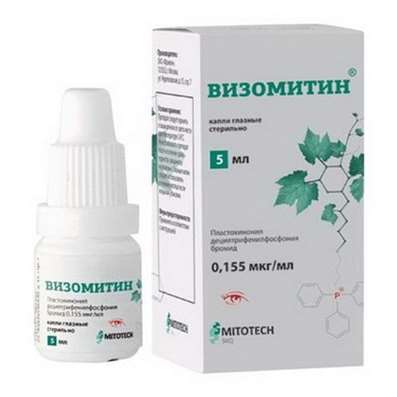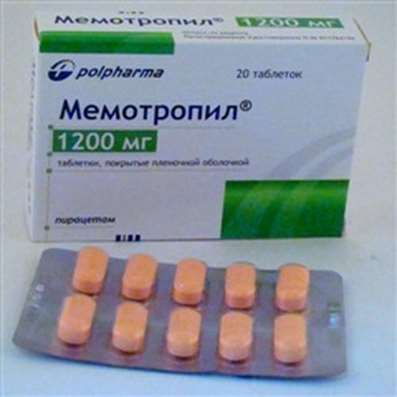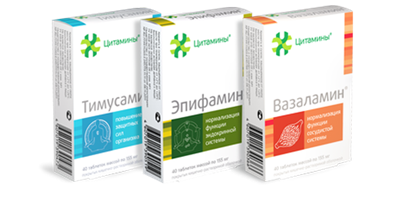Features of the rehabilitation of children with cerebral palsy and associated epilepsy syndrome
01 Dec 2016
Features of the rehabilitation of children with cerebral palsy and associated epilepsy syndrome
The presence in a diverse picture of cerebral palsy (CP) in children of epileptic syndrome is largely complicates the course of the disease, worsens the prognosis and hinders rehabilitation of these patients.
Convulsions exacerbate motor symptoms in patients with CKD often form epileptic dementia, limit the possibility of an active workout age skills, extensive use of CNS stimulants and physiotherapy methods.
The manifestation of an epileptic syndrome occurs mainly in the first 3 years of life.
Occurrence of seizure time usually coincides with therapeutic interventions (surgery), physiotherapy (pulse current, electrical muscle stimulation, etc.) or using the medication (CNS stimulants). Intensification of metabolic processes in the brain, caused by the action of neurotropic drugs, significantly stimulates the metabolism and the level of neurons in the hidden epileptic focus.
Doctors carried out the rehabilitation of children with cerebral palsy, epilepsy syndrome combined with a optimized therapeutic tactics in this pathology. In particular, all patients CPU having a (rare) and had a history of convulsive (non-convulsive) seizures, shall be required Electrical encephalopathy-mapping using DX-NT32 hardware and software. In addition, this inspection is required for all children with severe forms of CKD not had seizures in the past. If necessary the EEG monitoring day and night sleep, which allows in most cases to identify the correlates of epilepsy. In particular the treatment of patients with CP epi- attacks depending on their nature, we use valproic acid drugs (Depakine Enteric, Convulsofin, Convuleks), Carbamazepine, Succinimides, while resistant to conventional anticonvulsant paroxysms assign Lamictal, Topamax, Keppra.
For the period of rehabilitation of patients with clinical manifestations of epileptic process, increasing the dose of an anticonvulsant for 10-20% of the previously consumed a daily dose, and patients with subclinical epilepsy prescribe a short course of one of these drugs, which excludes a large extent the likelihood of an epileptic seizure. By assigning one drug Valproate (Depakine), along with antiepileptic we achieve and pronounced antispasmodic effect in children with spastic forms of CP. The study serum levels of anticonvulsants (with the help of apparatus "Milichrom") shall adjust anticonvulsant treatment to our patients. All children with cerebral palsy, with convulsive (epileptic) syndrome or subclinical symptoms of epilepsy in a fi get the Center complex therapy, including the use of CNS stimulants (Neuro-metabolites) such as Semax, Cogitum, Ceraxon, Cerebrocurin, Cerebrolysin or Cortexin. Appointment or increasing the dose of one of the anticonvulsants in the rehabilitation period, allows you to actively use all kinds of reflexo-therapy, without impairing the patient's condition. Systematic studies with a psychiatrist, psychologist and speech therapist stimulates cognitive and speech functions of patients.
Thus, the presence of epileptic syndrome in children with cerebral palsy is not an absolute contraindication to their rehabilitation. Babies with the presence of rare paroxysms necessary to carry out rehabilitation activities, with increased daily dose of an anticonvulsant for 10-20% of the previously consumed, and patients with a history of epi-attacks respectively, while taking a short course of low doses of anticonvulsants, which allows extensive use of CNS stimulants.

 Cart
Cart





